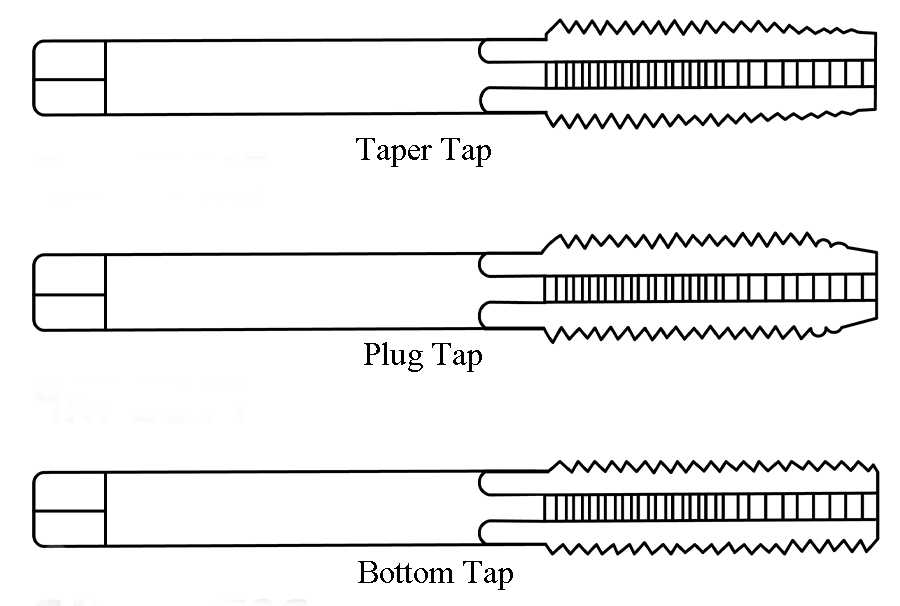In precision machining, tapping is essential for creating internal threads that hold components securely with bolts or fasteners. Choosing the correct tap for a specific material and application is key to achieving strong, accurate threads, reducing tool wear, and optimizing productivity. Let’s break down the main types of taps and their typical uses in machining.
Hand taps are among the most traditional and versatile options. These taps, often available in taper, plug, and bottoming variants, are great for softer materials or low-volume work. The taper tap starts the threading, while the plug tap deepens it, and the bottoming tap finishes with precise, full-depth threads.
Spiral flute taps offer higher efficiency, especially in blind holes, where they help lift chips out of the hole. This chip-clearing action prevents clogging and makes the threading process smoother, maintaining thread integrity and reducing machining time.
For through-hole applications, spiral point taps are highly effective. Unlike spiral flute taps, they push chips forward, clearing the way for uninterrupted tapping. They’re particularly suitable for materials that produce shorter chips, like steel and aluminum, making them a practical choice for faster, streamlined production.
For materials that require higher thread strength, thread-forming taps—also known as roll taps—are ideal. Instead of cutting material away, these taps displace it, producing threads without chips. This method results in stronger threads and works well for tough materials commonly used in automotive and aerospace components.
Finally, bottoming taps ensure full-depth threads, making them ideal for holes requiring maximum holding power. With minimal taper, bottoming taps allow threads to reach near the bottom of the hole, maximizing depth without compromising precision.
Each tap type is designed with specific applications in mind, from manual work in softer materials to high-speed production in harder alloys. Choosing the right one depends on the material, hole type, and desired thread depth. By understanding these taps, machinists can enhance productivity, reduce tool wear, and achieve superior thread quality. To explore these types in greater detail, check out our comprehensive Types of Taps guide.









